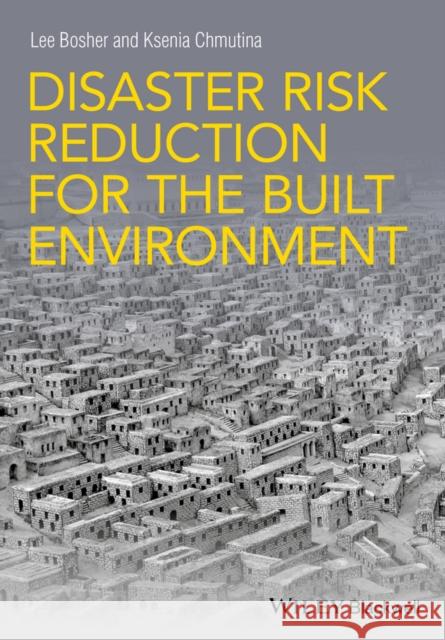Wyniki wyszukiwania:
wyszukanych pozycji: 4
 |
Disaster Risk Reduction for the Built Environment
ISBN: 9781118921494 / Angielski / Miękka / 2017 / 304 str. Termin realizacji zamówienia: ok. 16-18 dni roboczych. Disaster risk reduction for the built environment Between 2010 and 2015 the world experienced 530 disaster events that affected 140 million people, killed 78 thousand people and caused US$151bn in damages, figures that are testament to the massive (and increasingly) negative impacts that disasters have globally. Disaster Risk Reduction for the Built Environment provides a multi-facetted introduction to how a wide range of risk reduction options can be mainstreamed into formal and informal construction decision making processes, so that Disaster Risk Reduction... Disaster risk reduction for the built environment Between 2010 and 2015 the world experienced 530 disaster events that affected 140 ... |
cena:
359,36 |
 |
Reimagining Disasters: Voices in the Pluriverse
ISBN: 9781032632582 / Angielski / 09-03-2026 Książka dostępna od: 09-03-2026 |
|
Planowany termin premiery książki: 09-03-2026
Książkę można już zamówić z rabatem 5% |
|
718,25 |
 |
Reimagining Disasters: Voices in the Pluriverse
ISBN: 9781032632773 / Angielski / 09-03-2026 Książka dostępna od: 09-03-2026 |
|
Planowany termin premiery książki: 09-03-2026
Książkę można już zamówić z rabatem 5% |
|
194,57 |
 |
Routledge Handbook on Cultural Heritage and Disaster Risk Management
ISBN: 9781032274812 / Angielski Termin realizacji zamówienia: ok. 22 dni roboczych. |
cena:
234,09 |










